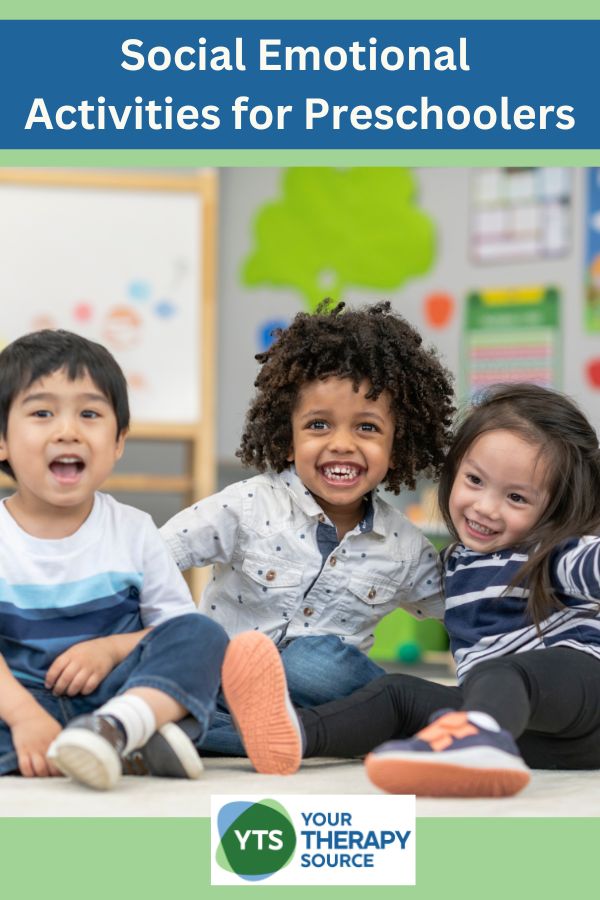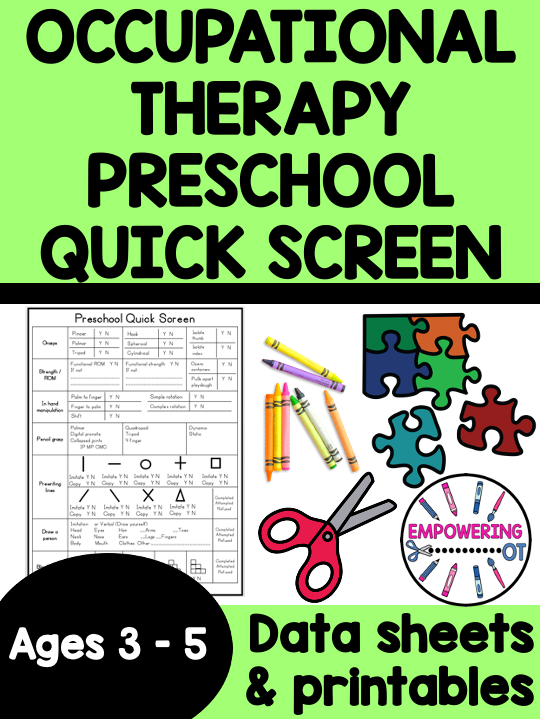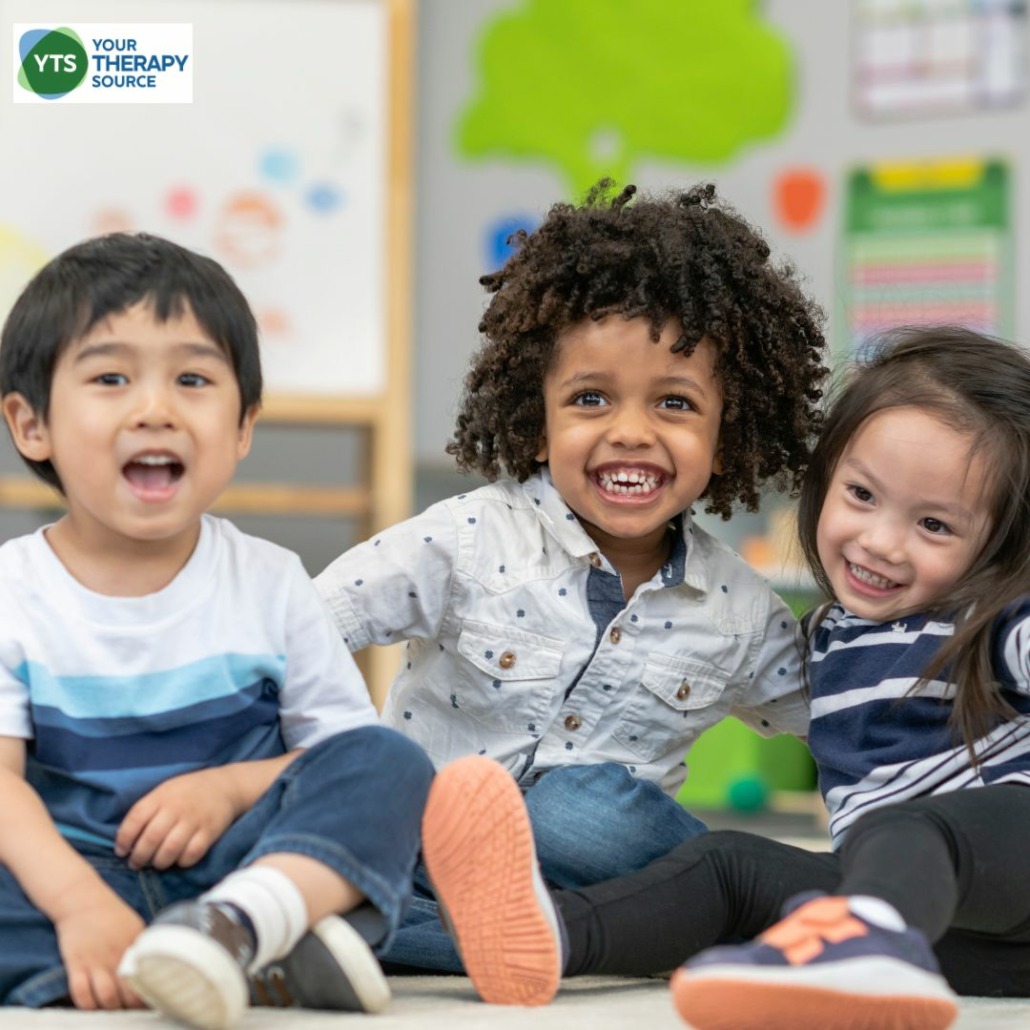Social Emotional Activities for Preschoolers

Preschool years are a crucial period for the development of social-emotional skills in children. During this stage, young minds are like sponges, absorbing the nuances of social interactions and emotional expressions. To support the healthy growth of these skills, incorporating social-emotional activities for preschoolers into the curriculum is essential. There is a great variety of interactive and entertaining activities designed to enhance empathy, cooperation, and emotional intelligence in preschoolers.
PUPPET PLAY FOR EMPATHY BUILDING
Puppets have an innate ability to captivate young children’s attention. Harnessing this fascination, educators can use puppets to create scenarios that teach empathy. A puppet show featuring diverse characters experiencing different emotions allows preschoolers to explore and understand a range of feelings.
Activity Idea: Emotional Puppet Show
Create a puppet show that introduces various scenarios where characters express different emotions. Use the puppets to act out situations that preschoolers can relate to, such as sharing toys, resolving conflicts, or showing kindness. After the puppet show, engage the children in a discussion about the characters’ feelings and possible solutions to the presented situations.

Occupational Therapy Preschool Screening
ROLE-PLAYING FOR SOCIAL SKILLS DEVELOPMENT
Role-playing is a powerful tool for teaching young children how to navigate social situations. Through imaginative play, preschoolers can practice communication, cooperation, and problem-solving in a controlled and supportive environment. Role-playing can also help with self-regulation in preschoolers.
Activity Idea: Role-Playing Scenarios
Set up different role-playing stations in the classroom, each representing a common social situation. For example, one station could focus on sharing toys, another on taking turns, and a third on resolving conflicts. Encourage children to take on different roles and act out scenarios, emphasizing positive social interactions.
EMOTION MASKS FOR EXPLORING FEELINGS
Understanding and recognizing emotions in oneself and others is a crucial aspect of social-emotional development. Emotion masks provide a hands-on and creative way for preschoolers to explore and express various emotions.
Activity Idea: Create Your Own Emotion Masks
Supply children with paper plates, craft materials, and elastic bands. Have them create masks representing different emotions, such as happy, sad, angry, and surprised. Once the masks are ready, engage the children in a discussion about when they might feel each emotion and how they can express their feelings in a healthy way.
FRIENDSHIP BRACELETS AND COOPERATION
Teaching preschoolers the value of cooperation and friendship sets a foundation for positive relationships. Engaging activities that promote teamwork and collaboration can be both educational and enjoyable.
Activity Idea: Friendship Bracelet Making
Provide materials like beads, strings, and clasps for making friendship bracelets. Encourage children to work together in pairs or small groups to create their bracelets. This activity not only fosters cooperation but also allows children to express their creativity while reinforcing the importance of positive social interactions.

Fine Motor Journal
SOCIAL STORIES FOR LESSONS IN EMPATHY
Social stories are a powerful tool for helping preschoolers understand and navigate different social situations. These short narratives provide a context for discussing emotions, behavior, and appropriate responses. You can easily use social stories as circle time activities for preschoolers.
Activity Idea: Creating and Sharing Social Stories
Collaborate with the children to create social stories that address various social-emotional scenarios. These stories can be written or illustrated and then shared with the class during circle time. Discuss the characters’ emotions, actions, and the outcomes of different choices, reinforcing positive behavior and empathy.
DANCE AND MOVEMENT TO EXPRESS EMOTIONS
Physical activities, such as dance, provide an outlet for preschoolers to express their emotions in a healthy and enjoyable way. Dancing to different moods and tempos encourages self-awareness and emotional regulation.
Activity Idea: Mood Dance Party
Play a variety of music representing different moods – happy, sad, excited, calm. Encourage children to express their emotions through dance, using their bodies to convey feelings. This activity not only promotes emotional awareness but also enhances gross motor skills and coordination. Plus, it gets them up and moving!
BUILDING EMOTIONAL VOCABULARY
There are many feelings and emotions activities for preschoolers to help them get in touch with their emotions. Introducing a set of puppets, Mama and Papa Puppet, can be a creative way to build emotional vocabulary in preschoolers. These puppets become characters that help children express and understand their feelings.
Activity Idea: Mama and Papa Puppet Conversations
During circle time, bring out Mama and Papa Puppet to engage in conversations with the children. Use the puppets to express different emotions and ask the children how they are feeling. This interactive dialogue helps preschoolers articulate their emotions and fosters a comfortable environment for emotional expression.
SELF-PORTRAITS FOR SELF-AWARENESS
Self-awareness is a fundamental component of social-emotional development. Engaging preschoolers in activities that encourage self-reflection and self-expression can contribute to their overall emotional intelligence.
Activity Idea: Self-Portrait Creation
Provide each child with a mirror and art supplies to create self-portraits. Encourage them to focus not only on physical features but also on expressions that represent different emotions. Display the self-portraits in the classroom, creating a visual reminder of the diverse range of emotions experienced by each child.
BALLOON PLAY FOR EMOTIONAL REGULATION
Emotional regulation skills are so important for kids of any age to work on. There are so many emotional regulation activities for kids, but this particular one involves balloons. Balloons can serve as a fun and tactile tool to teach preschoolers about emotional regulation. This activity helps children recognize their own emotions and provides a simple yet effective method for calming down.
Activity Idea: Balloon Breathing
Give each child a balloon and guide them through a balloon breathing exercise. Inhale deeply, filling the balloon with air, and then exhale slowly to release the air. This activity not only promotes emotional regulation but also introduces a practical tool that preschoolers can use when they need to calm down.
RESOURCES FOR PROBLEM-SOLVING SKILLS
Equipping preschoolers with a “toolbox” of resources for problem-solving empowers them to navigate challenges in a positive and constructive manner. This metaphorical toolbox can include a variety of strategies and techniques learned through interactive activities.
Activity Idea: Building the Problem-Solving Toolbox
Introduce different problem-solving strategies through activities such as puzzles, building blocks, and collaborative games. Discuss each strategy with the children, emphasizing how these tools can be applied to solve social and emotional challenges they may encounter.
Incorporating social-emotional activities for preschoolers into their daily routine provides them with essential skills for navigating the complexities of human interactions. These activities not only contribute to the development of empathy, cooperation, and emotional intelligence but also make learning a fun and engaging experience. Early childhood educators play a pivotal role in shaping the social-emotional landscape of young minds, and by integrating these activities into lesson plans, they create a foundation for positive relationships and lifelong emotional well-being. As we invest time and effort in these formative years, we contribute to a future where children are not only academically prepared but also equipped with the social-emotional tools necessary for success in all aspects of life.



